In der letzten Zeit sind u.a. diese frei verfügbaren Titel erschienen:
Intensive language contact in the Caucasus: The case of Tsova-Tush
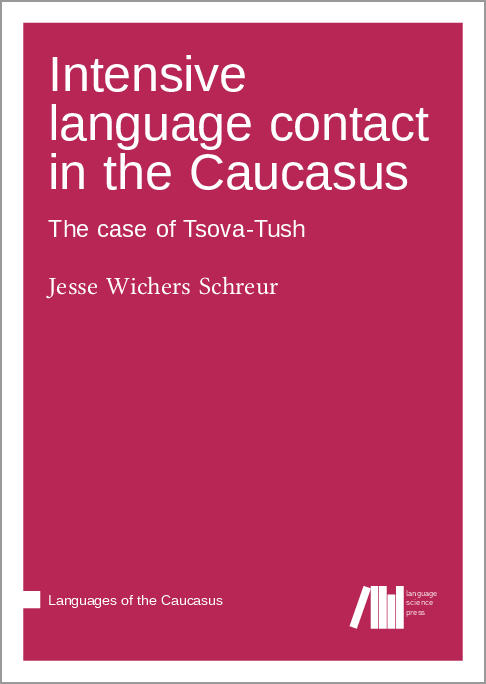
Jesse Wichers Schreur
https://langsci-press.org/catalog/book/459
https://doi.org/10.5281/zenodo.15275286
Tsova-Tush is an East Caucasian language spoken in one single village in Eastern Georgia by approximately 300 speakers. Since its early description, scholars have been intrigued by the high degree of linguistic influence from the Georgian language. This book has a threefold goal: (1) To contribute to the overall description of the Tsova-Tush language, by filling gaps in the previous literature in absence of a reference grammar. (2) To contrast Tsova-Tush constructions with functionally equivalent constructions in Chechen and Ingush, its closest relatives, and with Georgian, the language of wider communication which all Tsova-Tush speakers speak as a second language, in order to form hypotheses concerning which Tsova-Tush construction is inherited, and which has arisen under influence of Georgian. (3) To provide the most probable diachronic scenario of language contact, by looking at historical Tsova-Tush language data, as well as at its historical sociolinguistics.
This book provides a basic description of Tsova-Tush, in particular in the domain of spatial cases (which exhibit a two-slot system similar to Daghestanian languages), TAME categories (indentifying a Iamitive and a Past Subjunctive developing indirect evidential semantics), complex verbs, and subordination and clause-chaining (which in Tsova-Tush is finite).
In terms of language contact, this book concludes that (1) Tsova-Tush conforms to most established borrowing hierarchies and theories surrounding intensity of contact, except for the borrowing of a verbal inflection marker in a remarkably early stage of contact; (2) The Georgian influence that Tsova-Tush shows in sources from the 1850 suggest that a notable increase in bilingualism occured already at a point where there was little institutional or numeral dominance of surrounding the Georgian-language population. A change in ethnic self-identification can be the underlying factor for the early instances of contact-induced change.
Norms and Standards for Language Resources Protection in China
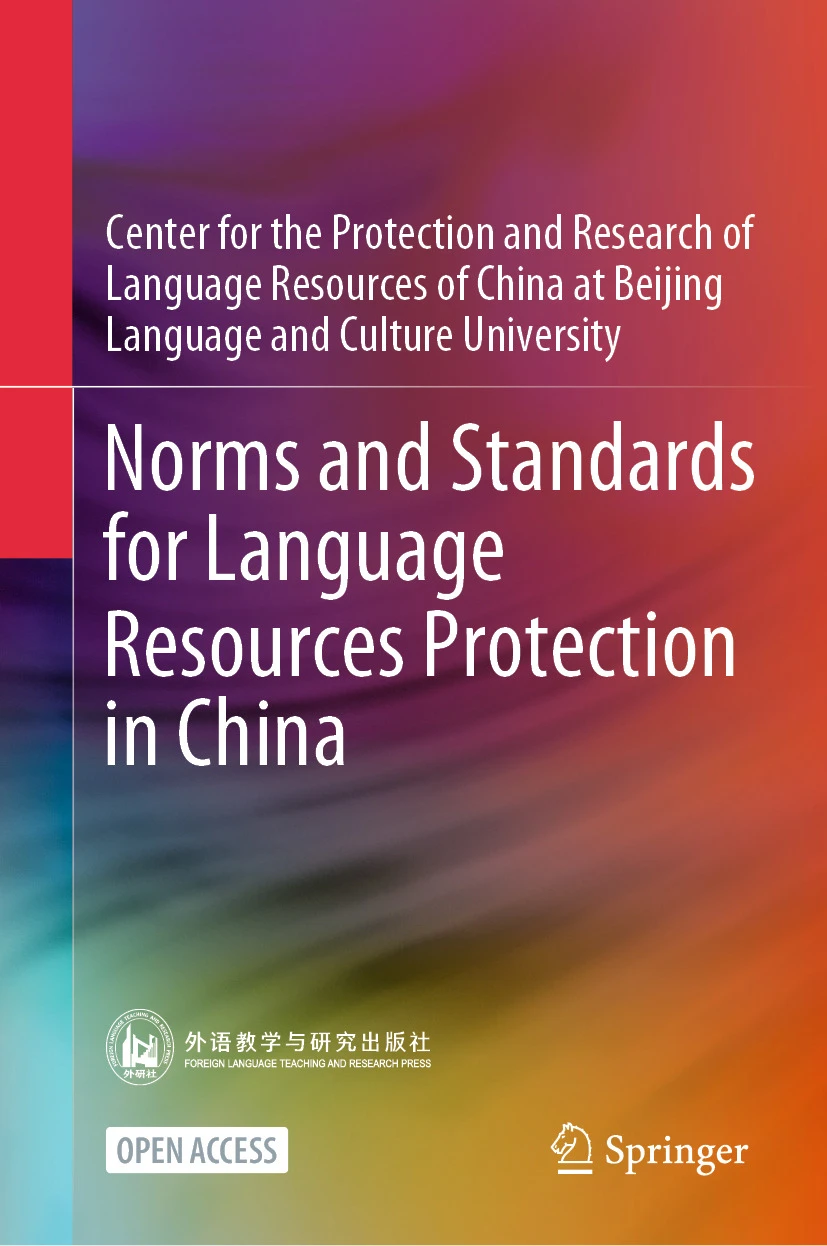
Center for the Protection and Research of Language Resources of China at Beijing Language and Culture University (Hrsg.)
https://doi.org/10.1007/978-981-99-9967-5
This open-access book presents standards which were developed by the Project for the Protection of Language Resources of China (PPLRC).
At present, China is home to some of the world’s richest language resources. However, in the course of globalization and urbanization, many dialects and dialect cultures are now in danger of being irretrievably lost. The PPLRC was launched in 2015 and has since produced the world’s largest language resources database (zhongguoyuyan.cn). Against this backdrop, the international conference on “Role of Linguistic Diversity in Building a Global Community with Shared Future: Protection, Access and Promotion to Global Language Resources” was jointly held by the Chinese Government and the UNESCO in 2018. During the conference, “Protection and Promotion of Linguistic Diversity of the World: Yuelu Proclamation” was adopted.
The book includes three parts: 1. Congratulatory message from Ms. Audrey Azoulay: UNESCO promotes linguistic diversity by contributing to the preservation and revitalization of endangered languages. She expresses her hope that the conference will enhance the consensus of countries on the protection of language resources and create more opportunities for communication and cooperation. 2. The Protection and Promotion of Linguistic Diversity of the World: Yuelu Proclamation: It is the first UNESCO text of its kind dedicated to the protection of linguistic diversity, and is considered a landmark document that will play a central role in guiding the efforts of countries and regions around the world in protecting linguistic resources and diversity. 3. Four standards: The first three standards were developed by the PPLRC and concern the investigation and protection of dialects, minority languages, and dialect cultures in China. The fourth standard represent the guidelines for the PPLRC. The four standards reflect the valuable experience of PPLRC and offer other countries and regions a blueprint for protecting language resources and promoting linguistic and cultural diversity.
Modern Hebrew in Israel: Representations of Linguistic Variation and Standard
Philipp Striedl
https://doi.org/10.1515/9783111390628
This book is the first extensive study of the categories Hebrew speakers in Israel use for their classification of linguistic variation. It is commonly assumed that Modern Hebrew has no dialects in the traditional sense, despite considerable variation in everyday language use. Its particular sociolinguistic context makes Israel an interesting case to reassess cognitive sociolinguistic theory. This empirical study relies on interviews and experimental data from fieldwork to analyze cognitive processes that shape representations of social groups and linguistic phenomena. It is an original application of Grounded Theory Methodology and introduces the novel method group elicitation and rating task (GERT).

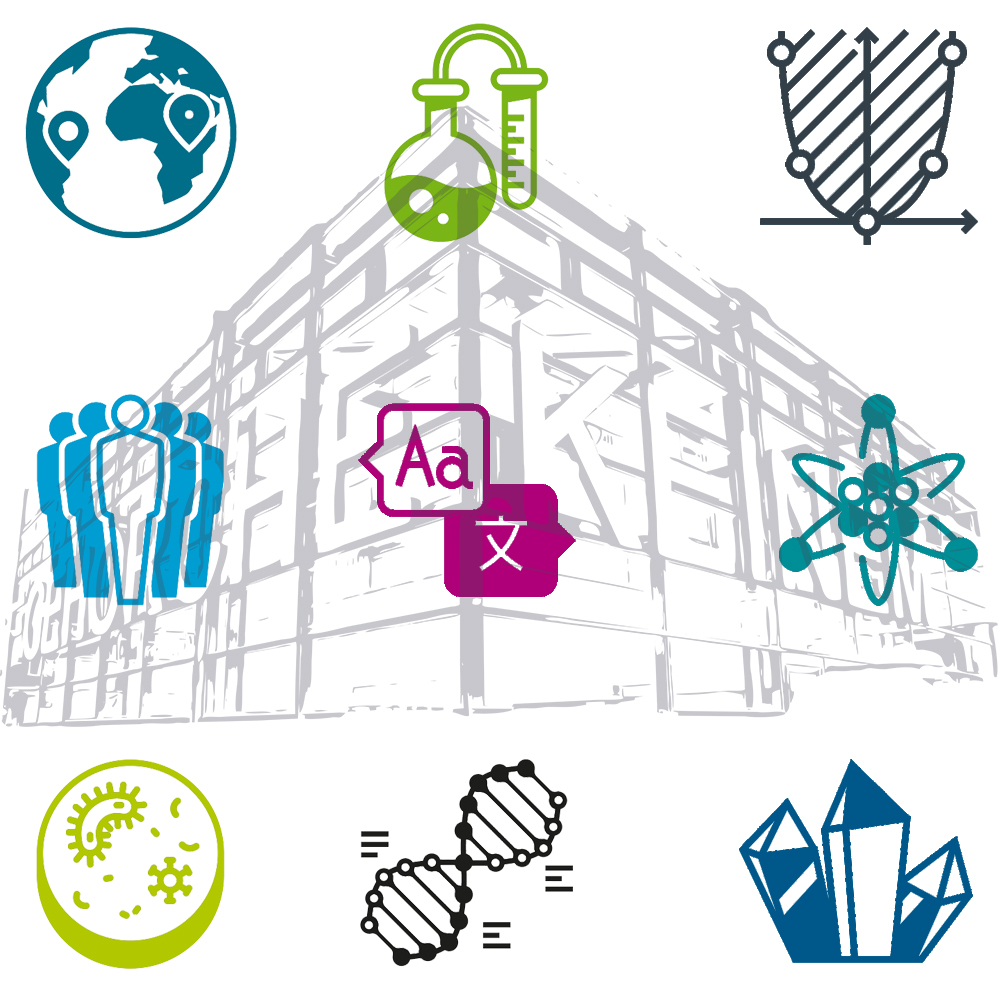
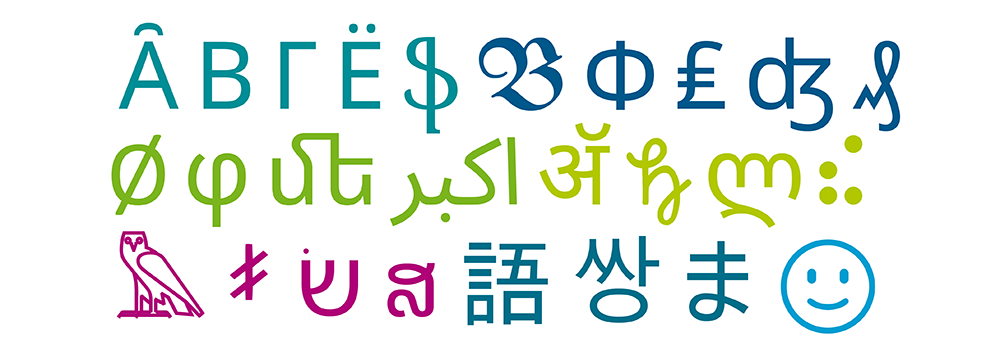
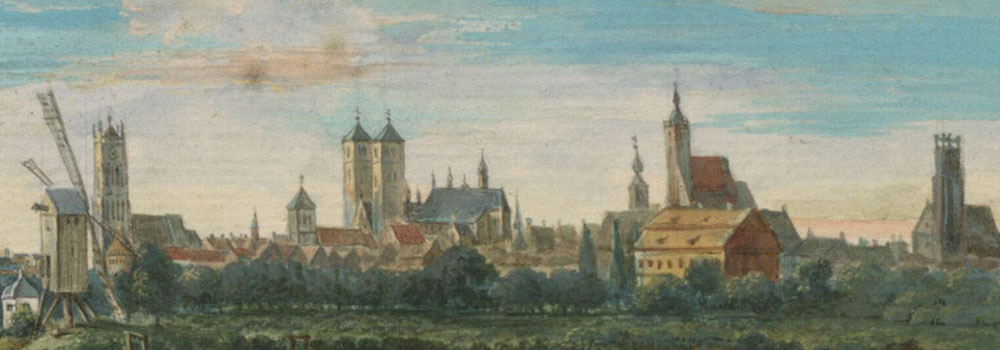
Schreibe einen Kommentar